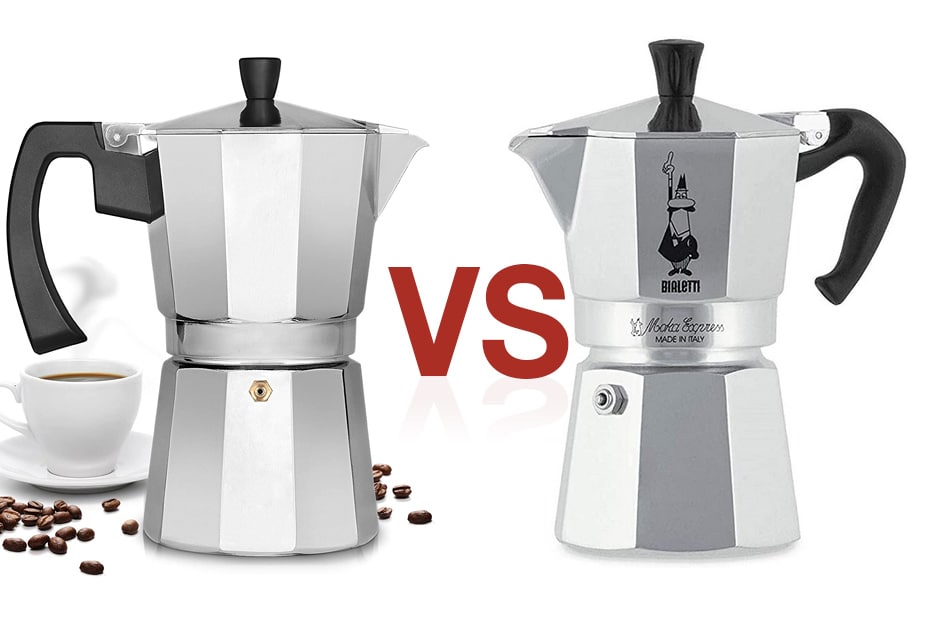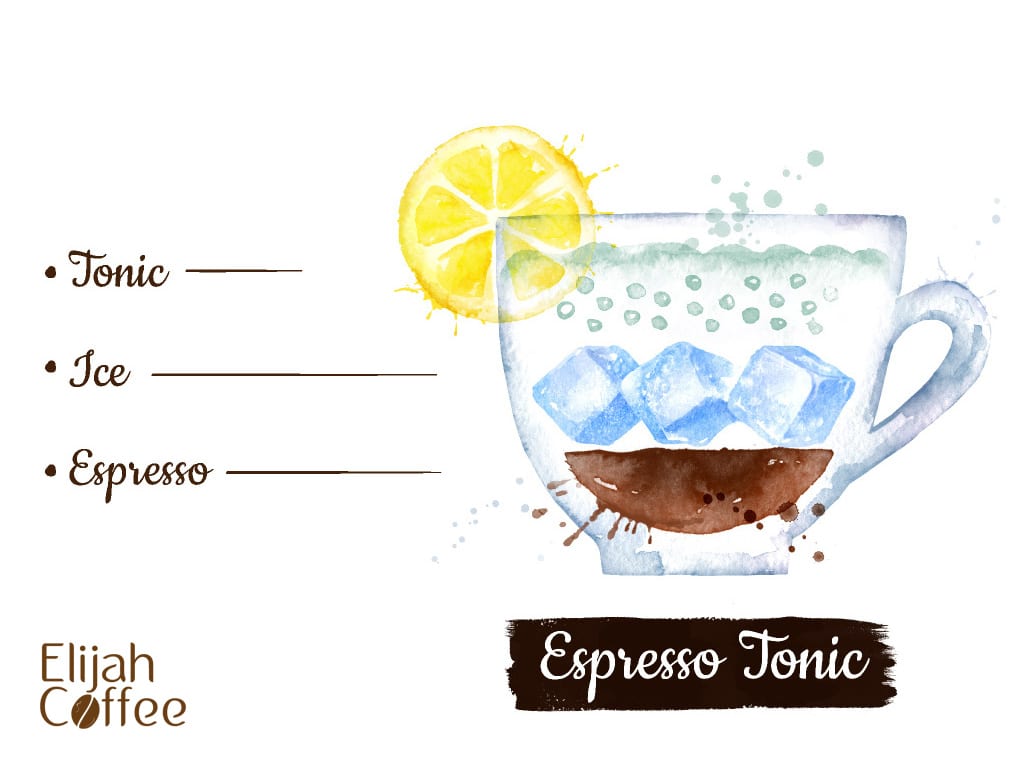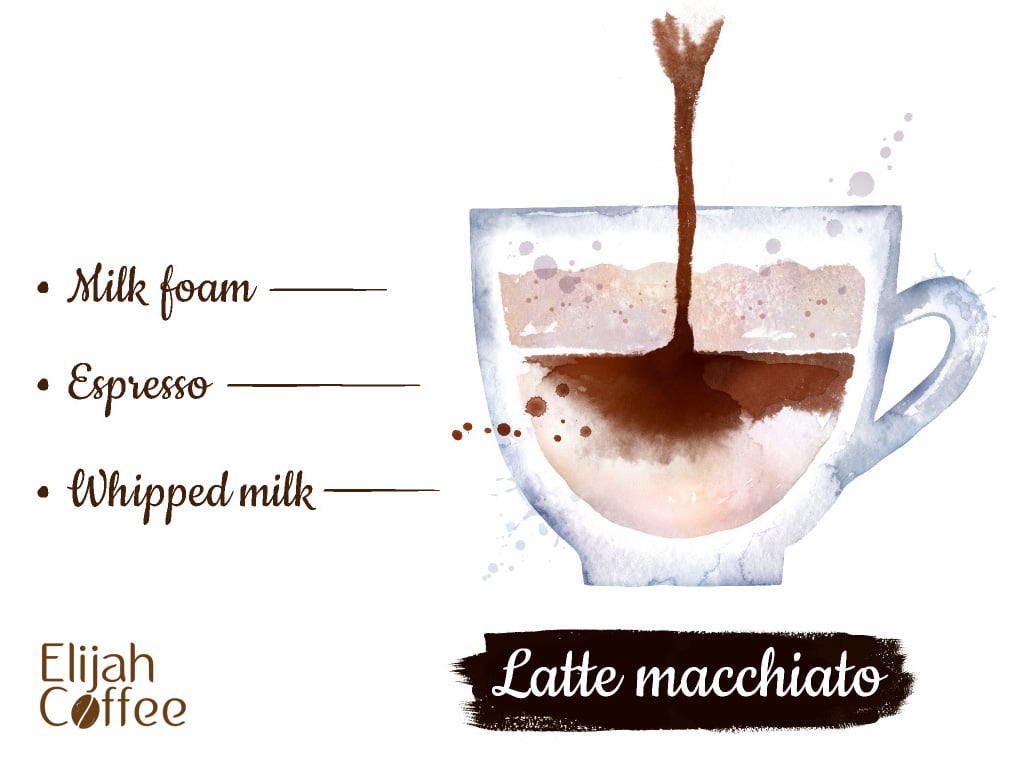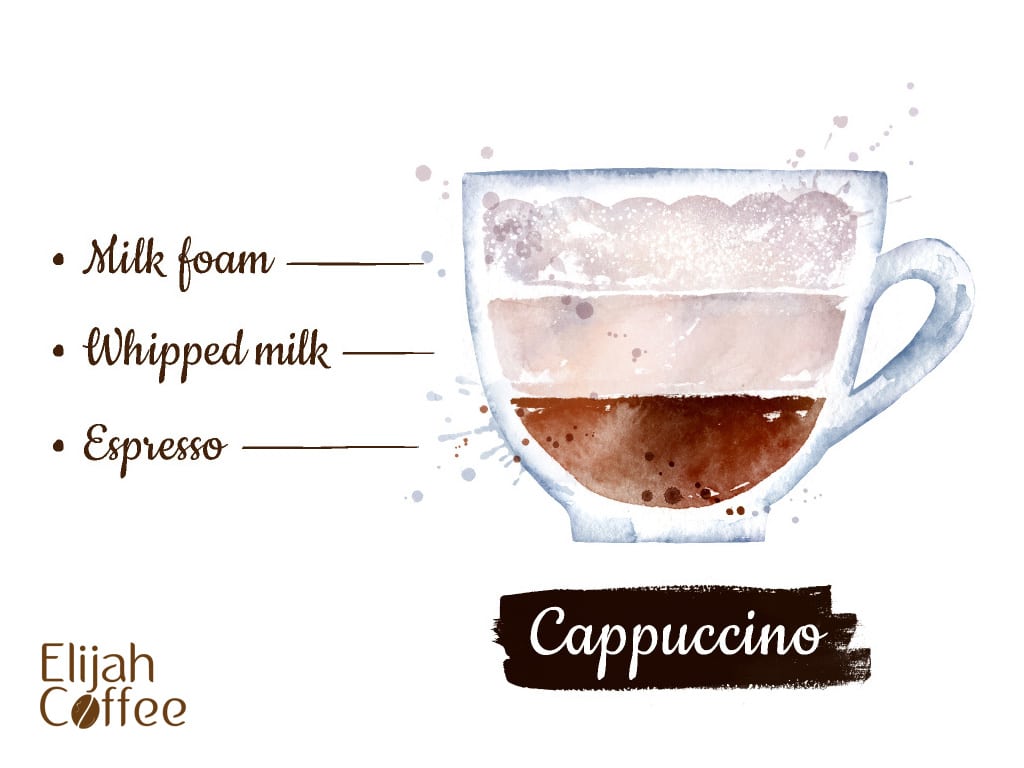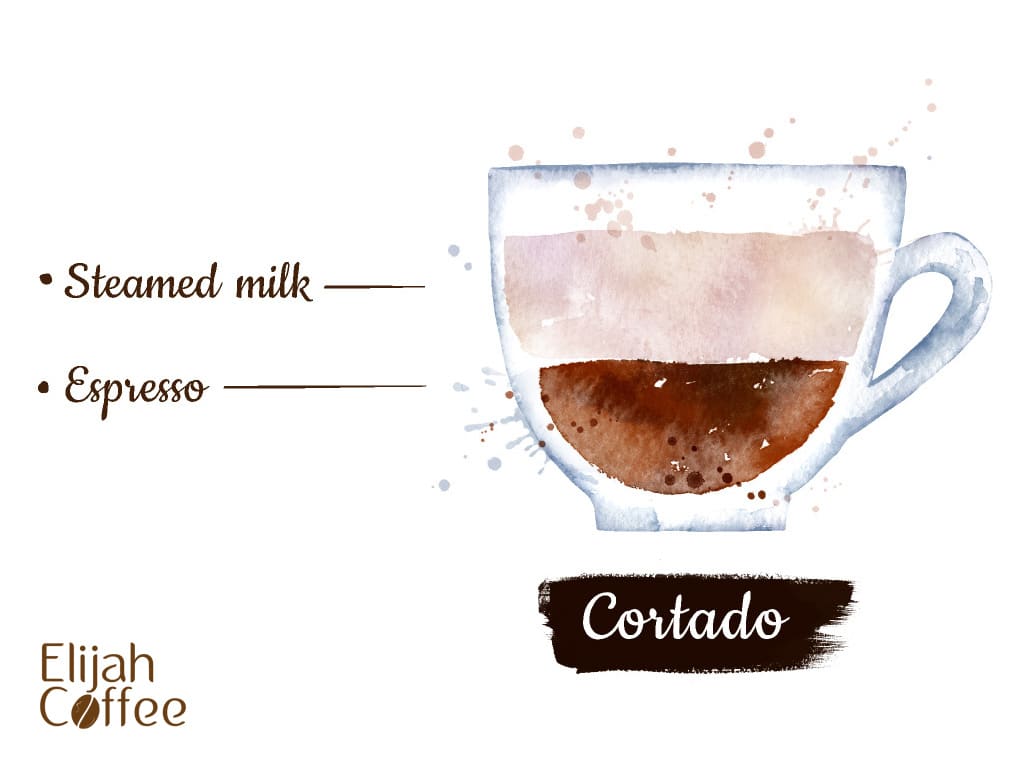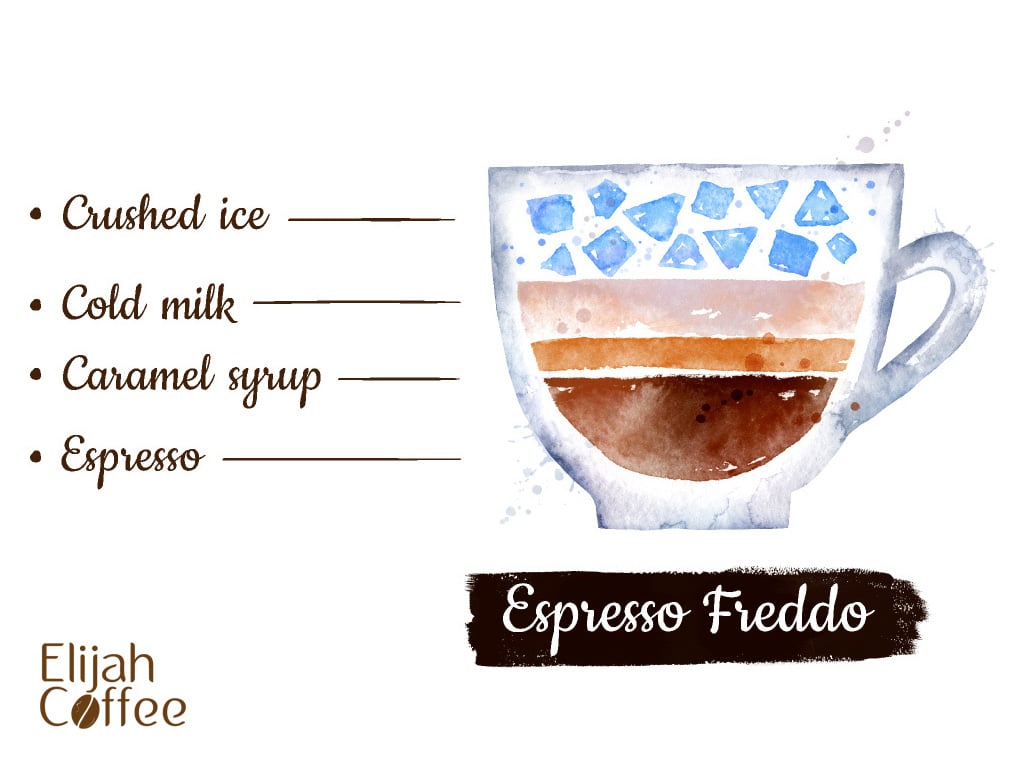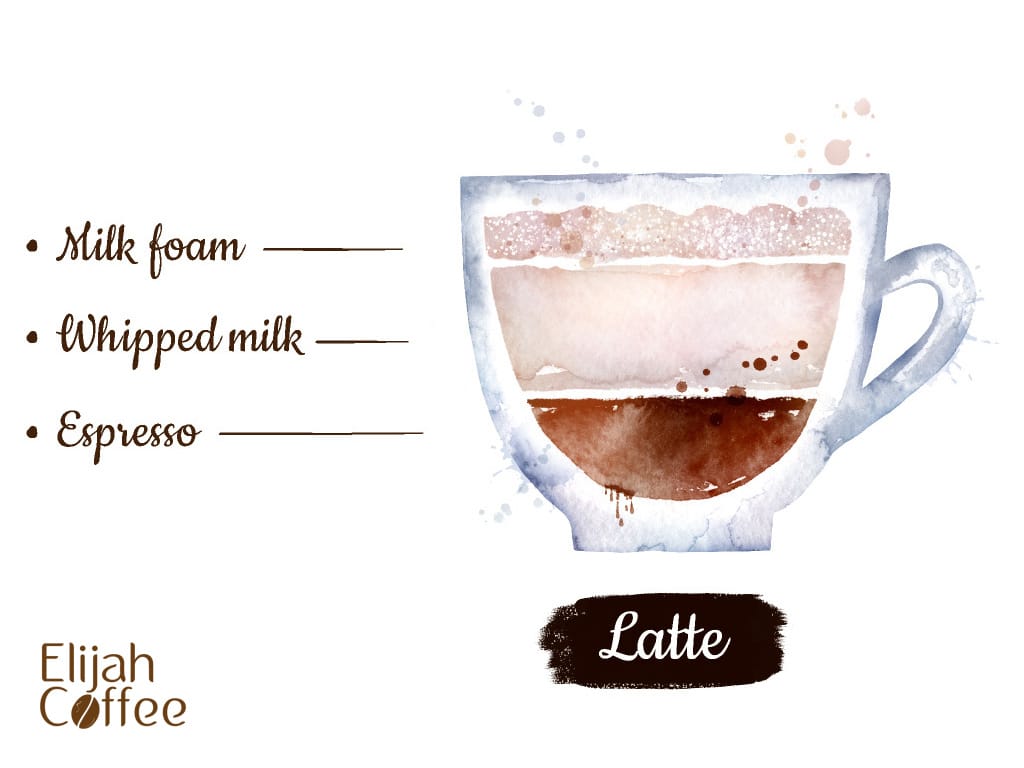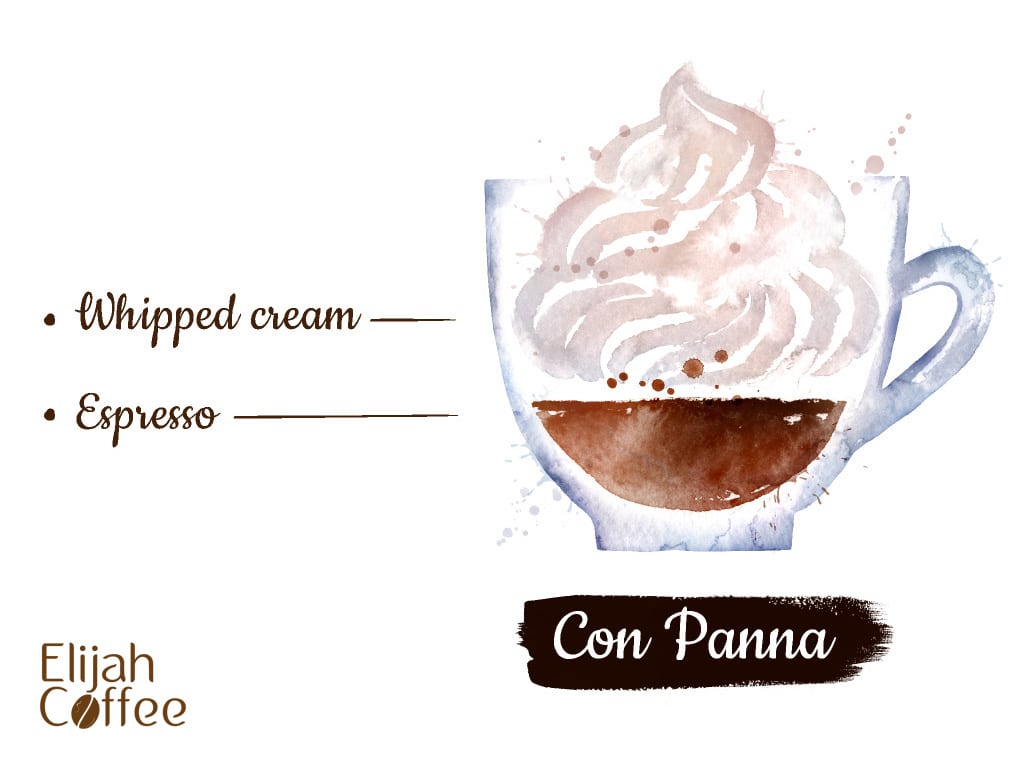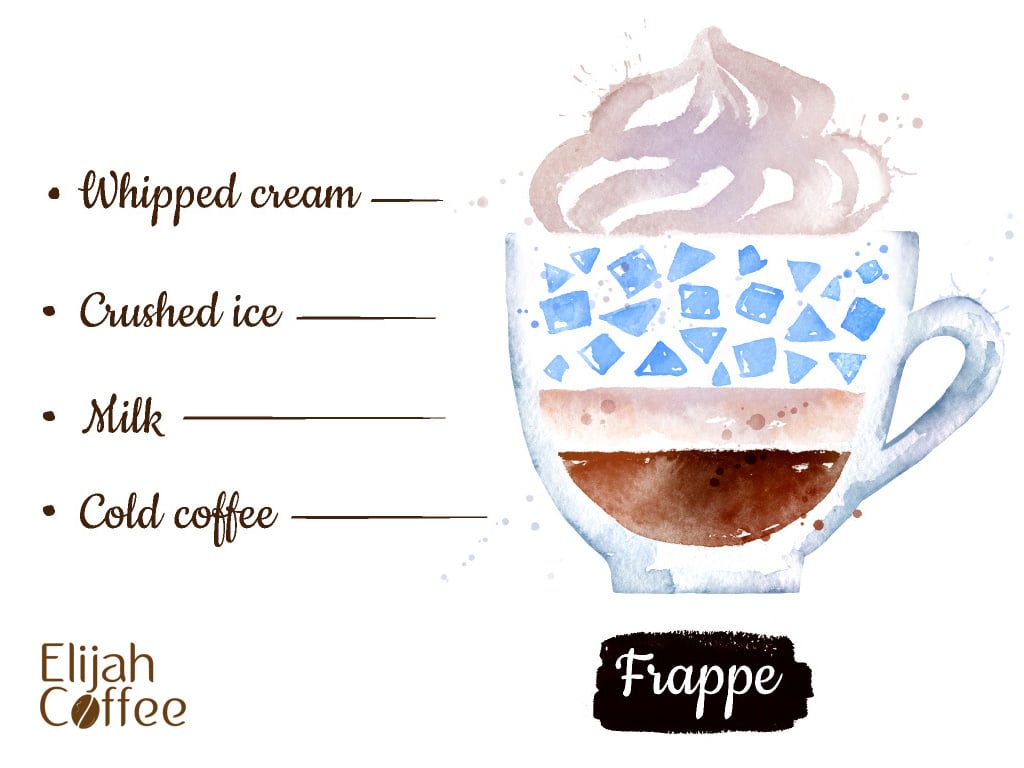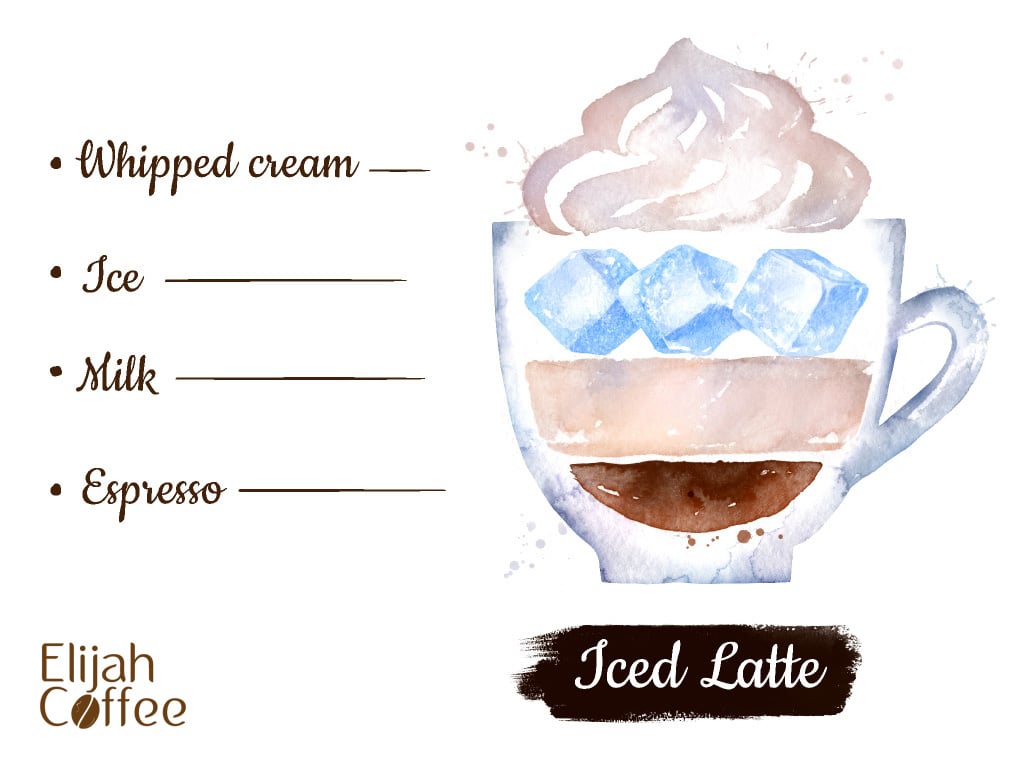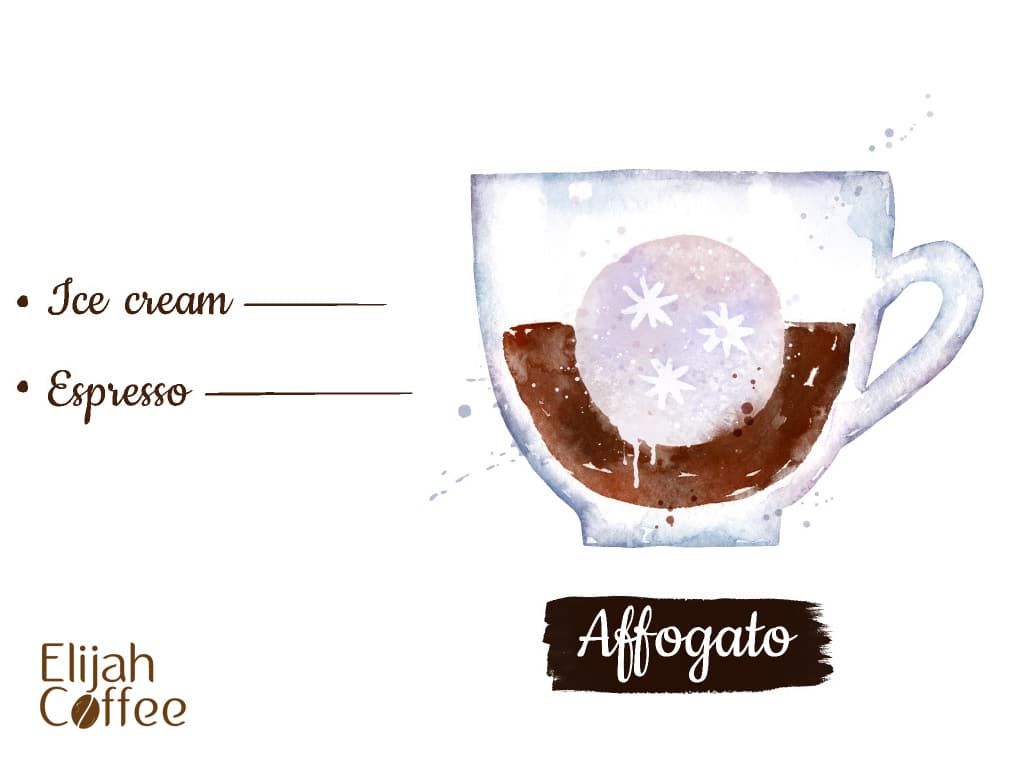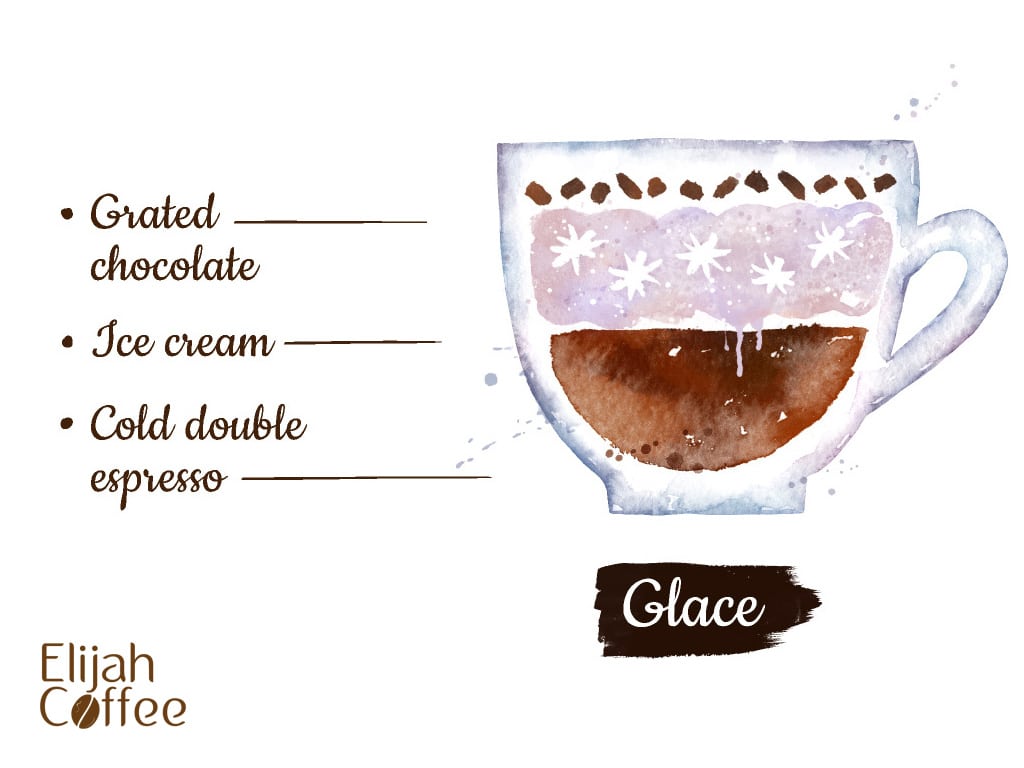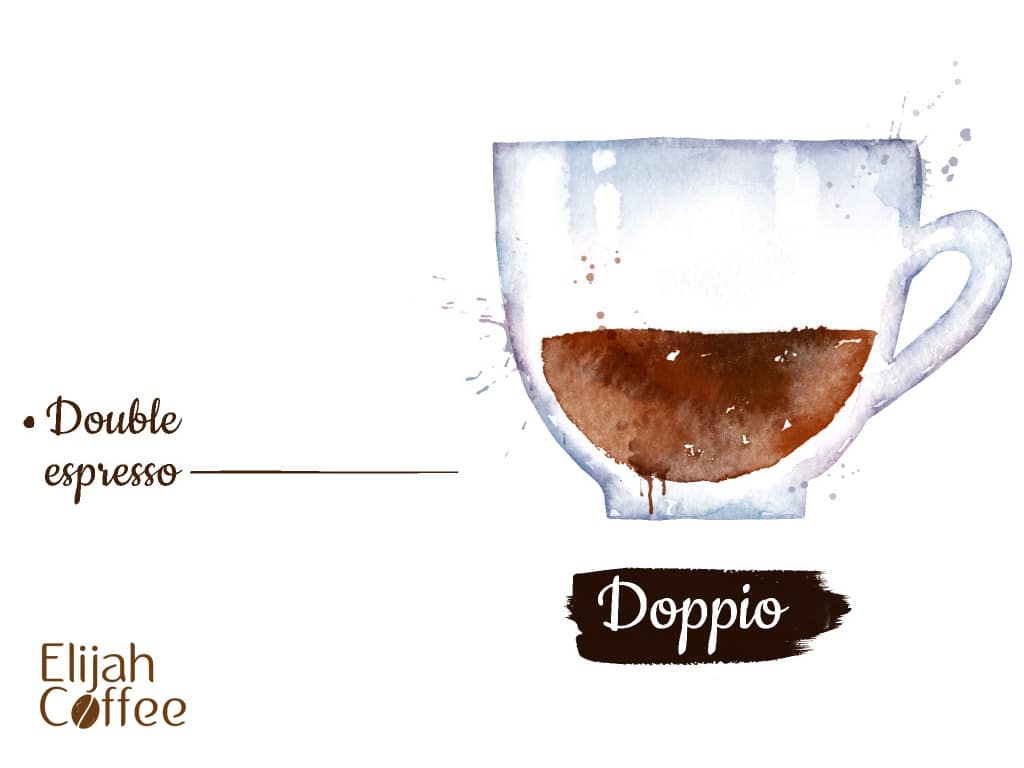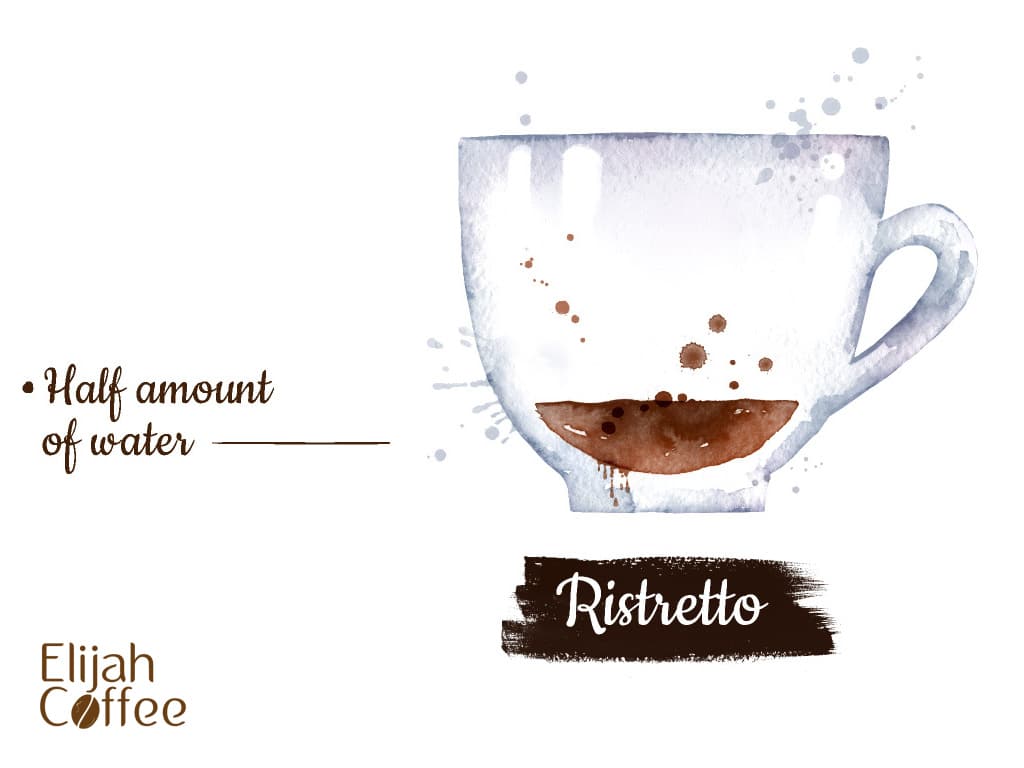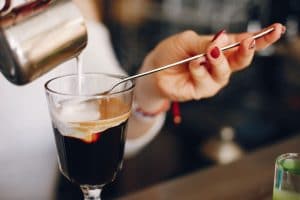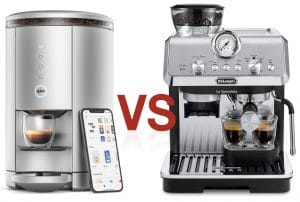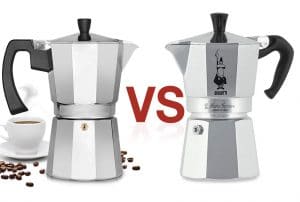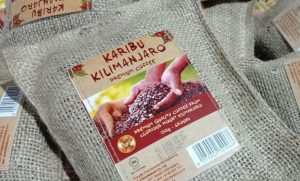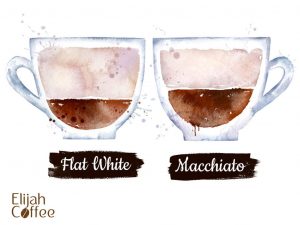I got set up on a blind date. It was going better than I expected, so I asked if she would like to go to my place for a coffee. Her eyebrows arched. “Espresso?” she asked. I nodded. I don’t do anything else. Well, the Moka pot came out, but she looked at it and wrinkled her nose. “Grosche, not Bialetti?” It was nice knowing her.
Is One More Expensive Than The Other?
A Bialetti is more expensive than a comparable “cheap” Moka. Then again, a Bialetti can be cheaper than other brands. I have a Bialetti (I don’t have to be spurned twice), and I have a couple “cheaper pots.” I’ve had them forever. From my perspective, the cost per month of ownership sets them apart by mere pennies. I lose more money than that each month in the laundromat.
Do you know what else? The same pots are available at the local thrift store for a few dollars. At that place, expensive pots are cheap and cheap pots are cheap. When a Bialetti is as cheap as an unnamed Moka pot, cost is no reason for a choice between the two. So, what is the reason?
Does One Work Better?
Moka pots work on simple principles and perform about the same, no matter what name they carry. Water in a boiler creates steam, forcing the water up through finely-ground coffee into a collection chamber. A few people may insist an aluminum boiler heats up quicker than one made of stainless steel. If it does, so what? Is it significantly quicker, or are they nitpicking?
Does One Last Longer?
A lot of Bialetti pots are aluminum. They don’t wear out, they don’t break, and they don’t perform any better or worse than stainless steel pots. A Bialetti may be stainless steel, too. Again, they don’t last any longer than other pots.
A girlfriend set a Bialetti back on an electric burner and forgot to turn it off. The boiler and handle burned. The same thing would happen to any other pot. My grandpa once used one as a hammer. Bialetti or not, it didn’t turn out well. We aren’t seeing much to set anything apart from the rest. What else is there?
Does One Make Better Tasting Coffee?
I’ve heard some people say that an aluminum pot gives the coffee a metallic taste. I’ve also heard people say a stainless-steel pot transfers heat more slowly than aluminum and is less likely to give the coffee a burnt, bitter flavor.
My aluminum Bialetti has never given my coffee a metallic taste. I credit this to having never washed the pot with soap. I spray it with hot water only. I believe the accumulated oils from coffee have sealed the porous aluminum. I do the same with my stainless steel Moka.
Coffee in any Moka will burn and turn bitter if the pot sits over a fire for too long. The resulting steam over-extracts the coffee, leaving it bitter. At the same time, the coffee burns in the collection chamber. When I hear the pot begin to “gurgle,” I immediately remove it from the heat. After a few seconds, I cover it with a towel I’ve soaked in cold water.
One reason for any taste difference from Moka pot to pot is washing a pot with soap, destroying any seasoning by the coffee oils. Too high of a temperature and setting the boiler for too long are two other reasons. However, the primary reason for taste differences is the grind and quality of the coffee used. Can we base a decision on something else?
Does Size Matter?
As far as I know, the largest Bialetti is a 12-cup pot. That makes more than 1 or 2 people should want. It may not be enough for a party, however. In this regard, Bialetti is at a disadvantage. If size matters, Pezzetti makes a 50-cup Moka. That is going to jack up a whole lot of people.
The funny thing about all this is that when my date wrinkled her nose, I thought she said, “Gross! Not a Bialetti?” and kicked her out. And there you have it, the slim margin that makes me prefer a Bialetti. If I didn’t have a Grosche Moka and had a Bialetti, instead – who knows? It could’ve been love.
